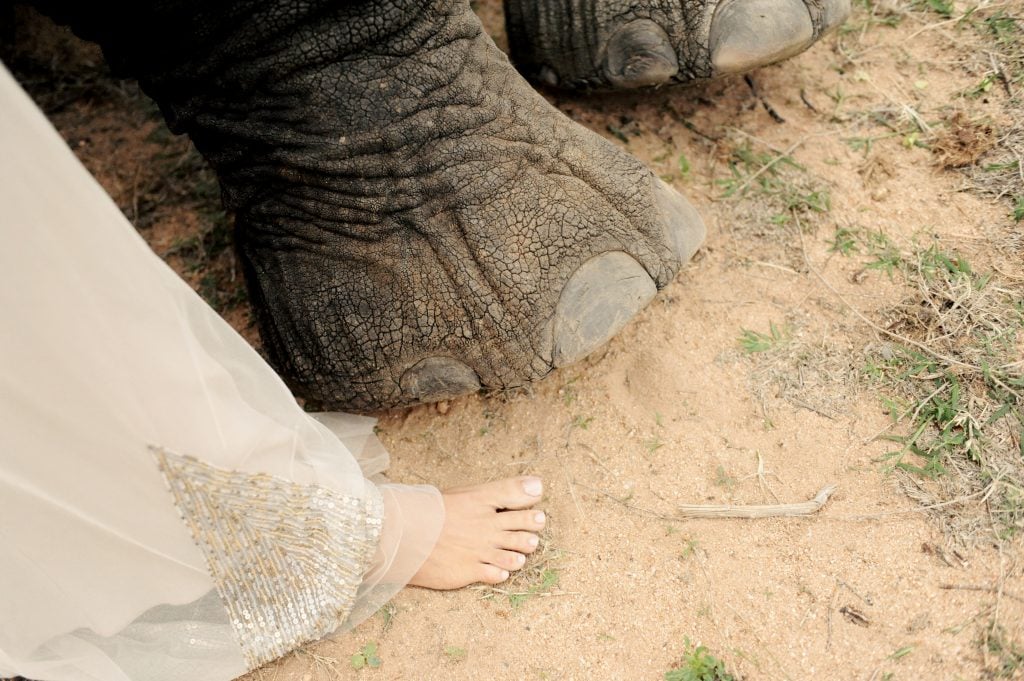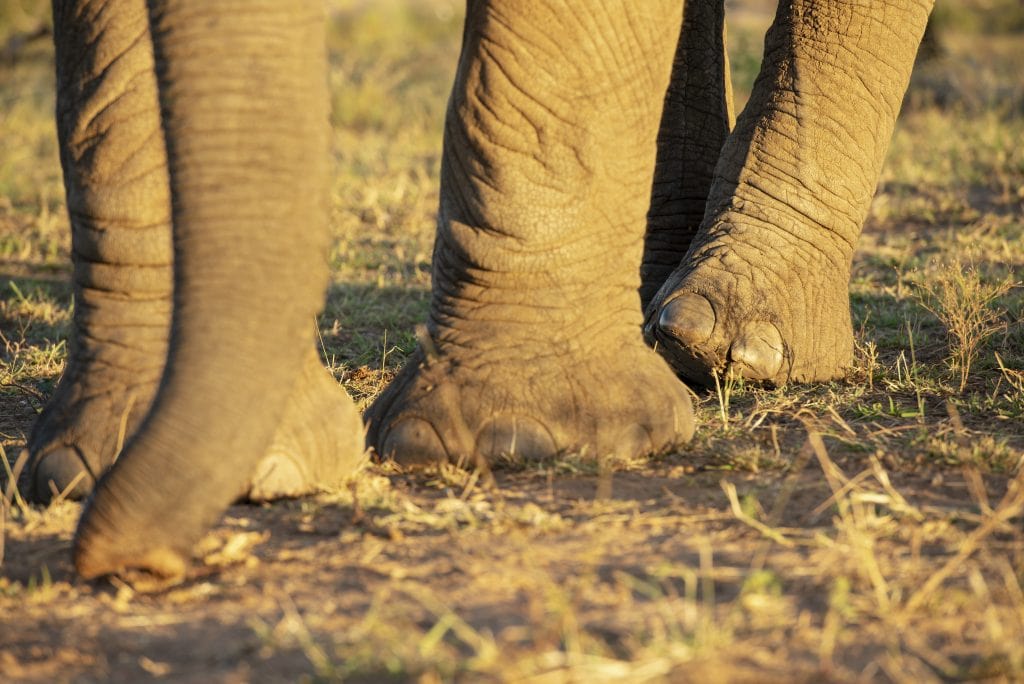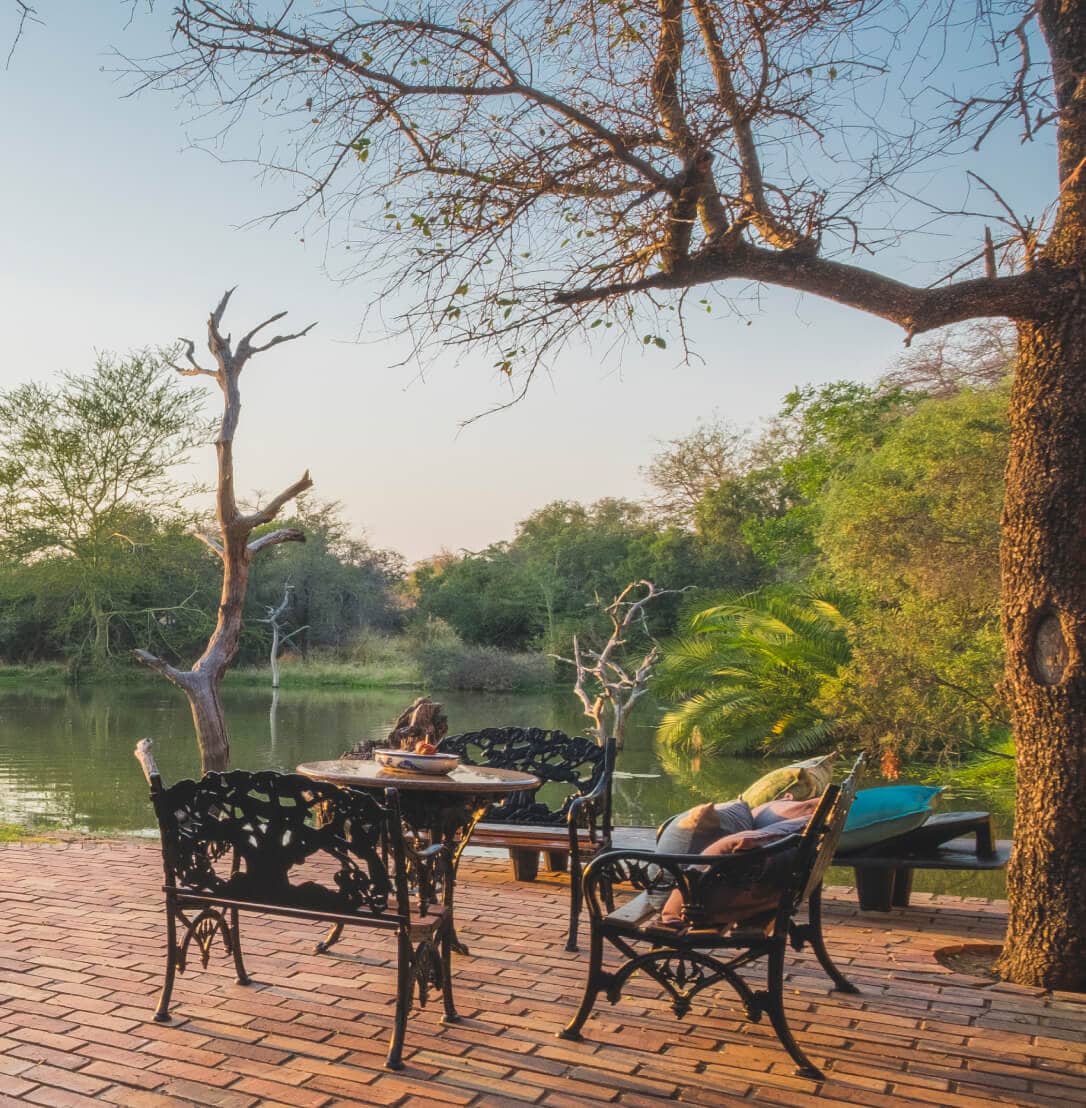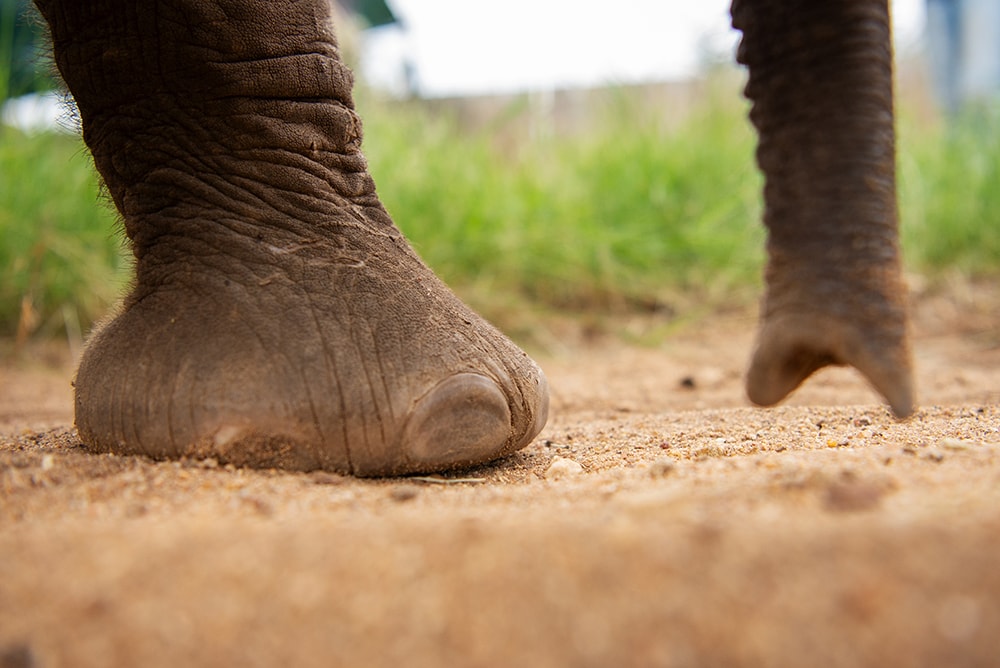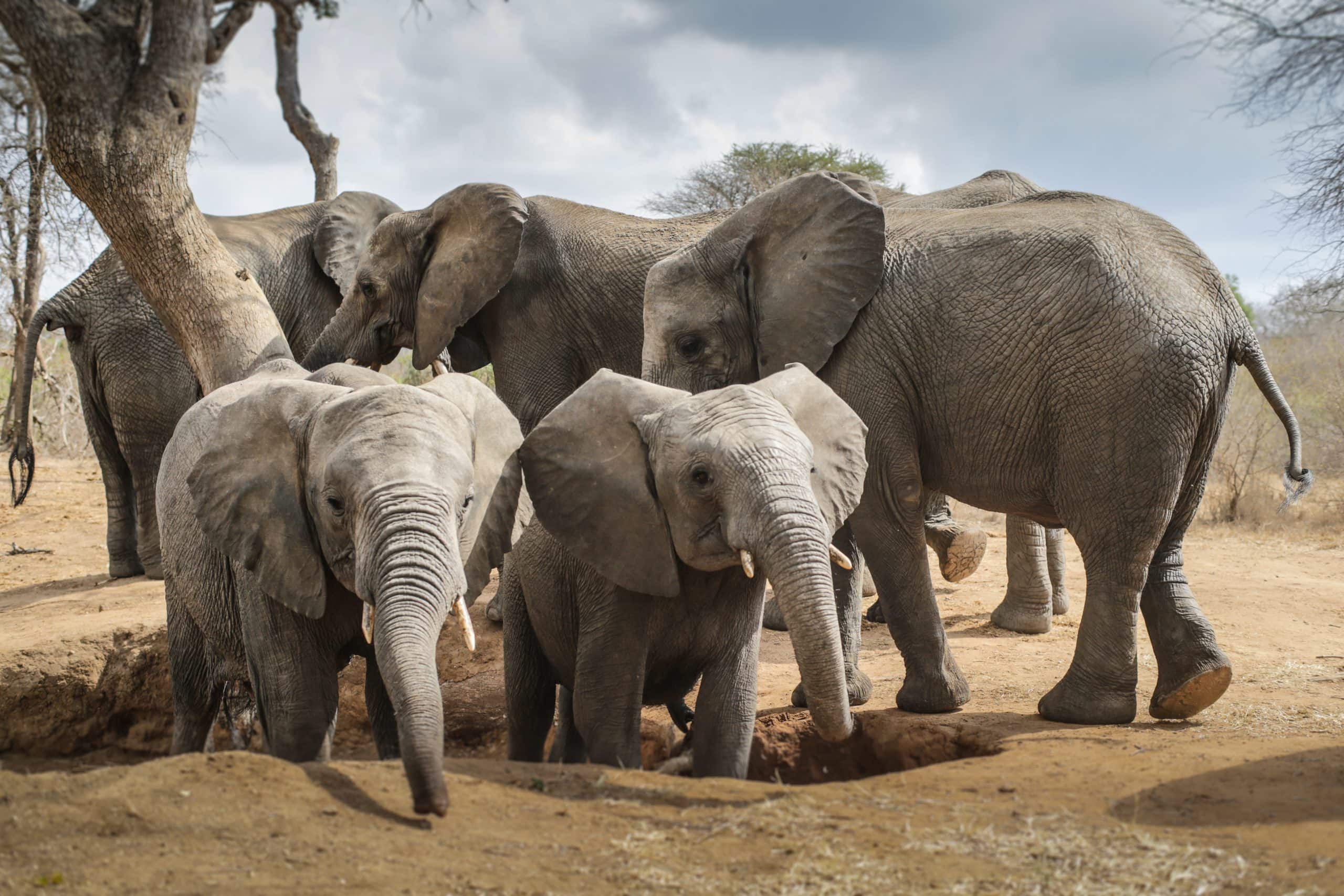Elephant Footprints | 20 Jabulani Commitments
by jabulanisafari
A letter by Adine Roode
Our elephants have footprints that tell a story.
Sometimes they disappear into the thick bush and are hard to see. Sometimes they show a tale of turning legs, a match between their owners. They hit down on the earth with distinct outlines, and the next moment they brush across the dirt creating shaky figures like rock art paintings on the ground. Small prints accompany big prints, the youngest beside their guardians, kept safe by the strong legs that rise up and hide the harsh sun. Footprints lead to the water and the wallows. But how we tell our herd from another are the boot prints that are never far away. The human feet that make sure the giant round prints of the herd stay together, stay away from threats out in the wild.
Elephants need to walk vast distances each day. This is how we spend so much of our time in the bush. Walking. We do everything while walking – and importantly, we catch up. Tigere shares news about his family, Godknows tells me about his recent trip home to Zimbabwe and Blessmore finds the funniest way to share the latest stories of the elephants. He tells me what I’ve missed while I’ve been away. While my footprints have explored different mountain trails and airport corridors.
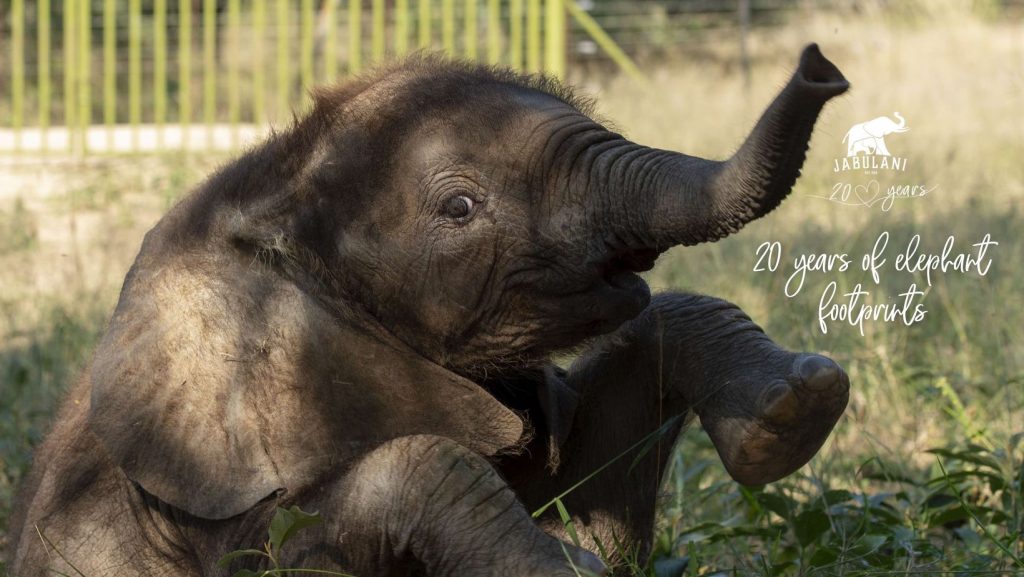
What do the elephants do while walking, while casting their prints in the sand? Probably much of the same. Checking in on each other. Tokwe asks Fishan how he slept, Khanyisa asks me how my hand is doing after I injured it with the rhinos, Lundi asks Mambo if he’s behaving. We’re the same. Family is family, whether human or elephant. And the prints we walk across our shared earth show our movements, who we spend our time with, where we watch our sunsets and where we start a new day.
The elephants have walked 20 years alongside us in this reserve. When the original herd first arrived from Zimbabwe, they didn’t know zebra or impala, they didn’t know wildlife. They were orphans living on a farm. Now they share their walks with rhinos and warthogs. 20 years later, they are at peace in the wilderness, they know its roads and probably remember far more than we do about the years that have past. The herd have left not only footprints on their wilderness, but on our hearts and minds too. Khanyisa has certainly left prints on my entire body as she spent years climbing over me in the orphanage, the way Phabeni now does.
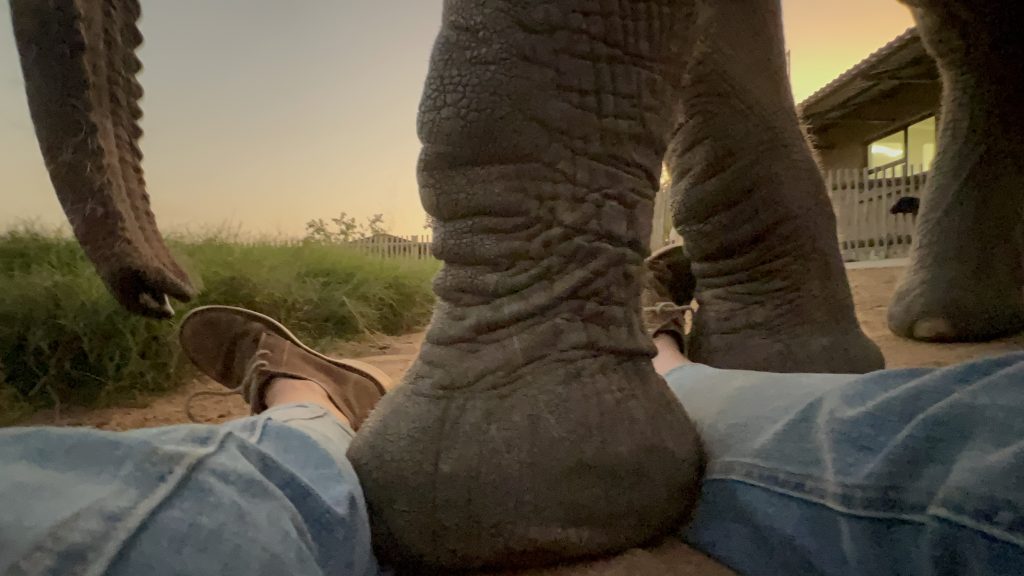
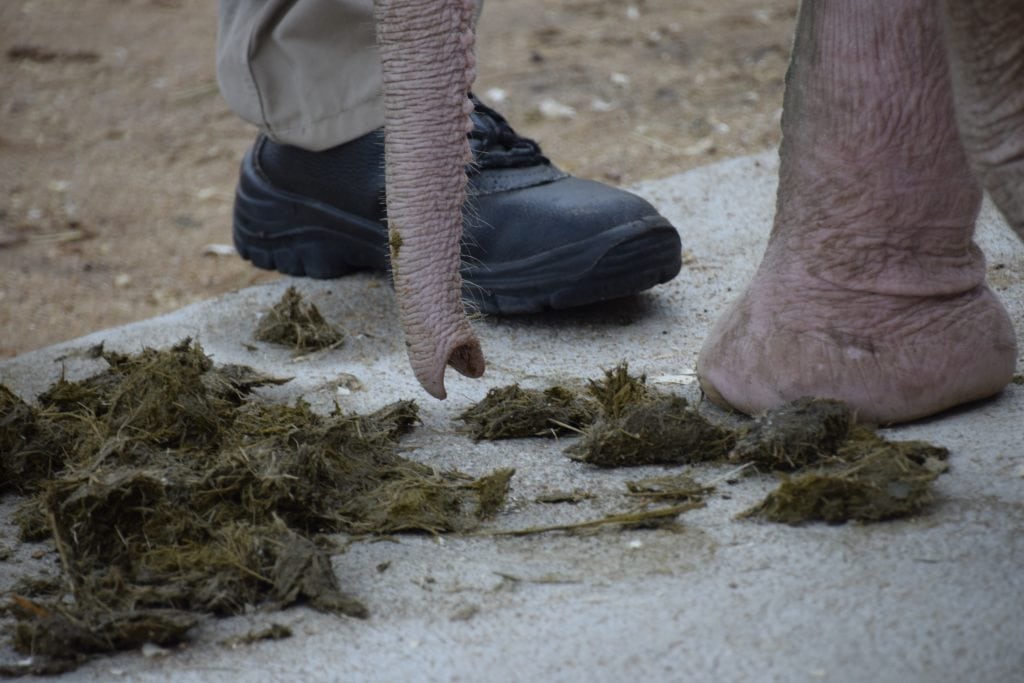
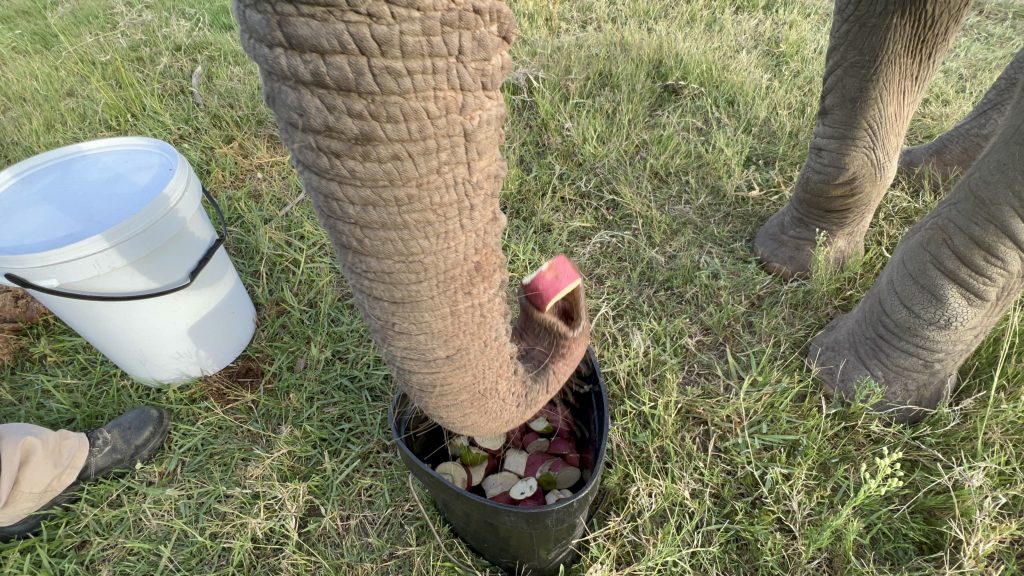
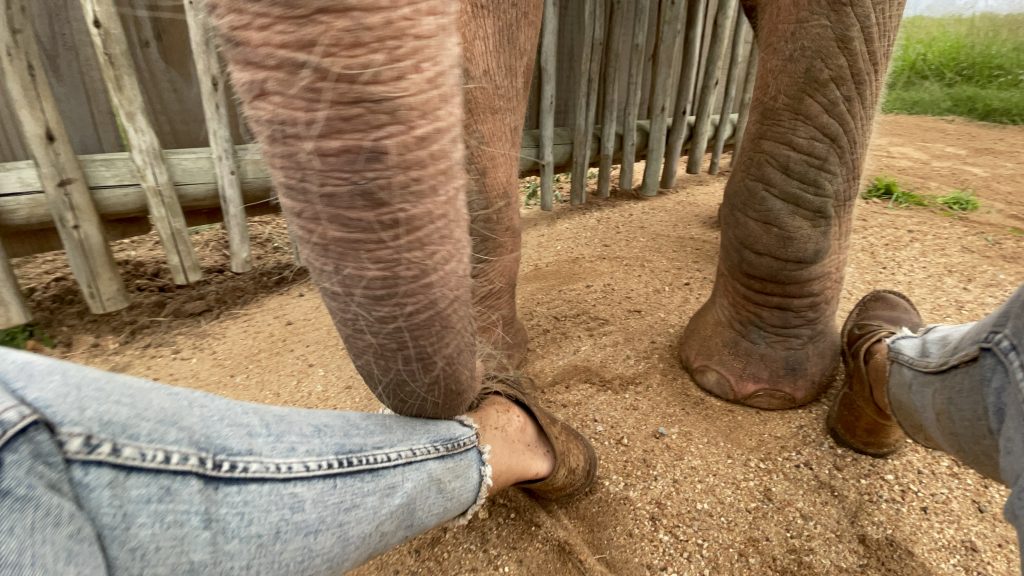
People say the sole of an elephant foot resembles the cracked dry earth of an African savannah. These must be the shapes they’ve left on the people they’ve met. No meeting with an elephant is fleeting, because it stays with you for life. Living alongside our herd over all these years, I know the carers and I are covered in the patterns of their soles.
And I know we wouldn’t want it any other way.
